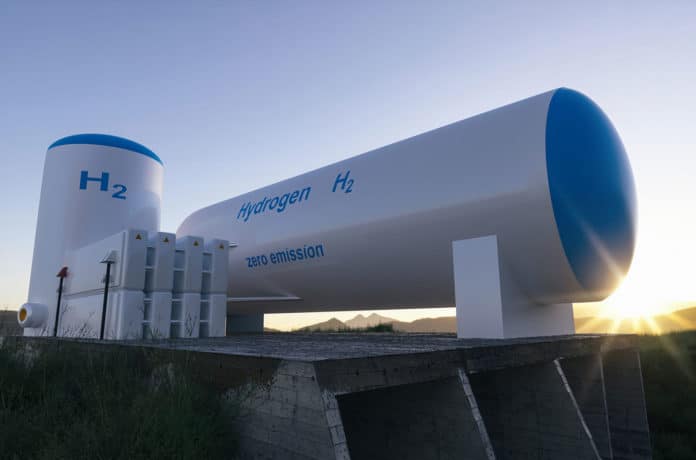Hydrogen is often viewed as an important energy carrier in a future decarbonized world. As the hydrogen industry gears up to play an important role in the global transition to clean energy, you’re going to start hearing more about colors. Brown hydrogen is created through coal gasification, while the grey comes from reforming natural gas, with high carbon dioxide emissions.
Green hydrogen production – the ultimate clean hydrogen resource – uses renewable energy to create hydrogen fuel. That’s the ultimate goal here, but green hydrogen is not cost-competitive with grey hydrogen. However, that is now changing as the cost of renewables is decreasing rapidly and electrolyzers are becoming more efficient. Still, the supply of green hydrogen in the future seems limited for at least the next several decades.
During this time, “Blue” hydrogen – an energy source that uses carbon capture and storage for the greenhouse gases produced in the creation of grey hydrogen – is being proffered by many as a “lower emissions” alternative to help reduce global warming.
But a new report from researchers at Cornell and Stanford universities warns that blue hydrogen may harm the climate more than burning fossil fuel.
Blue hydrogen starts with converting methane to hydrogen and carbon dioxide by using heat, steam, and pressure, or grey hydrogen but goes further to capture some of the carbon dioxides. Once the byproduct carbon dioxide and the other impurities are sequestered, it becomes blue hydrogen. The process to make blue hydrogen takes a large amount of energy, according to the researchers, which is generally provided by burning more natural gas.
The greenhouse gas emissions from the production of blue hydrogen are quite high. This is due to the “fugitive methane emissions” that escape when natural gas is extracted from the ground and split to produce hydrogen.
According to the researchers, methane is a powerful greenhouse gas and is more than 100 times stronger as an atmospheric warming agent than carbon dioxide when first emitted. The fossil fuel companies plan to trap this emission using carbon capture technology. However, even the most advanced and expensive schemes cannot capture all the emissions, leaving some to enter the atmosphere and contribute to global heating.
The report assumes a 3.5% leakage rate of methane from natural gas and a 20-year global warming potential. And the total carbon dioxide equivalent emissions for blue hydrogen are only 9%-12% less than for grey hydrogen.
While carbon dioxide emissions are lower, fugitive methane emissions for blue hydrogen are higher than for grey hydrogen because of the increased use of natural gas to power the carbon capture. Perhaps surprisingly, the carbon footprint to create blue hydrogen is more than 20% greater than using either natural gas or coal directly for heat or about 60% greater than using diesel oil for heat.
“Our analysis assumes that captured carbon dioxide can be stored indefinitely, an optimistic and unproven assumption. Even if true though, the use of blue hydrogen appears difficult to justify on climate grounds,” the report reads.
Green hydrogen will certainly play a much-enlarged role in the shift to clean energy in the future. But blue hydrogen really has no role in a carbon-free future. The authors warned that blue hydrogen might be a distraction or something that may delay needed action to truly decarbonize the global energy economy.
